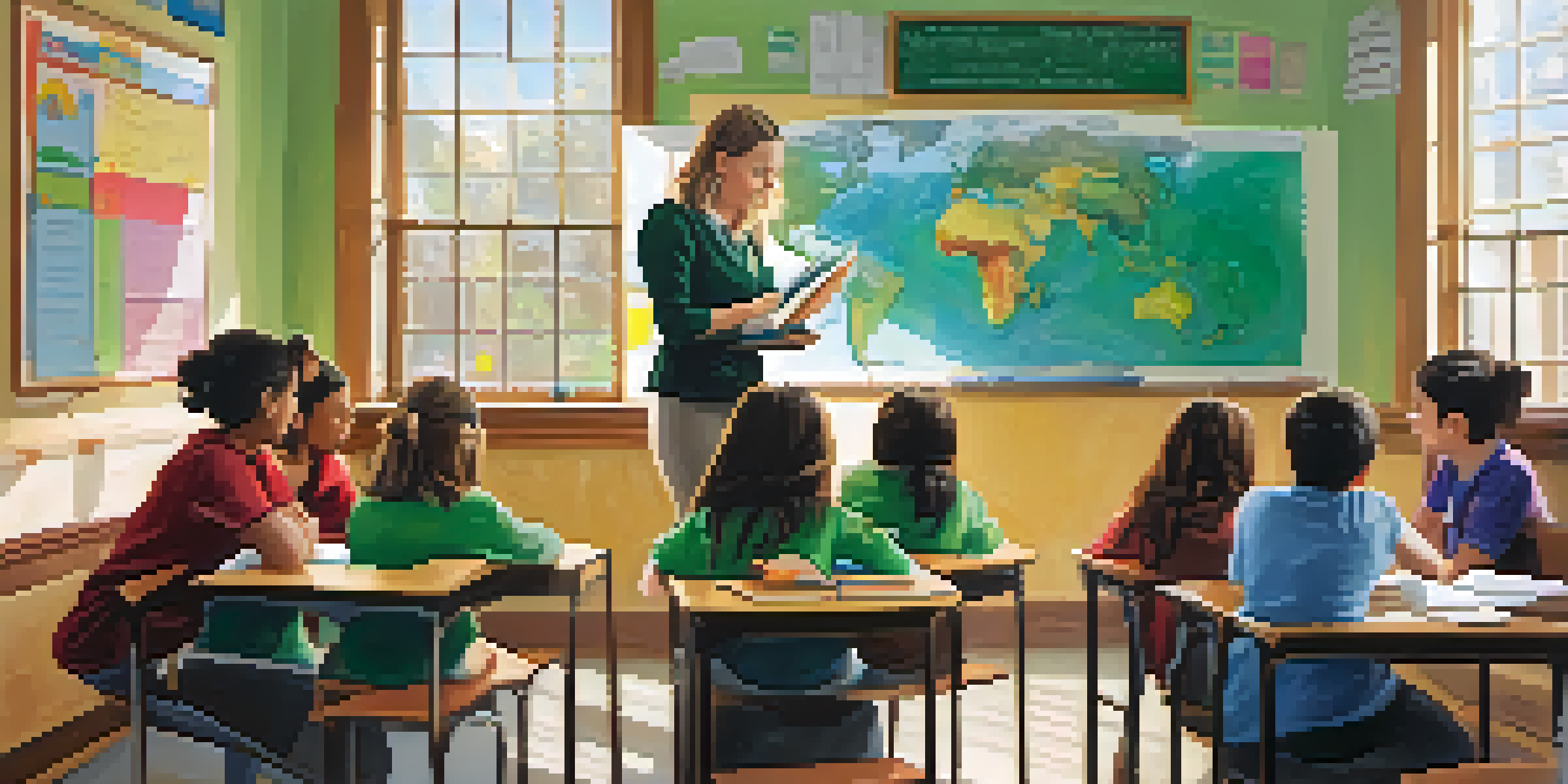Using Peer Observations to Enhance Teacher Learning

Understanding the Concept of Peer Observations
Peer observations involve teachers observing each other's classrooms to learn and improve their teaching practices. This collaborative approach fosters a culture of shared insights and feedback among educators. It's not about evaluating each other, but rather about supporting one another in the professional growth journey.
The Benefits of Peer Observations for Teachers
One of the primary benefits of peer observations is the opportunity for teachers to gain new perspectives on their teaching methods. By watching their peers in action, educators can discover innovative techniques or strategies they might not have considered. This exchange creates a rich learning environment that can lead to enhanced classroom experiences for students.
Peer Observations Enhance Learning
Teachers gain fresh perspectives on their methods by observing peers, leading to innovative practices and improved student experiences.
Creating a Safe and Supportive Environment
For peer observations to be effective, teachers must feel safe and supported in the process. This means establishing trust and a non-judgmental atmosphere where honest discussions can occur. When educators know they can share their challenges without fear of criticism, they are more likely to engage openly and benefit from the experience.
Setting Clear Goals for Observations
Setting clear objectives for peer observations helps ensure that the process is focused and productive. Teachers should discuss what they want to achieve from the observation, whether it's improving classroom management, engaging students, or implementing new technology. These goals provide a framework for the observation and make the feedback more relevant and actionable.
Creating Trust is Essential
Establishing a safe, non-judgmental environment is crucial for effective peer observations, allowing educators to share and learn without fear.
Effective Feedback Techniques After Observations
After the observation, it's crucial to engage in constructive feedback that encourages growth. Teachers should focus on specific examples from the observed lesson, highlighting what went well and what could be improved. This approach not only fosters a spirit of collaboration but also helps the observed teacher reflect on their practices in a meaningful way.
Incorporating Reflection into the Process
Reflection plays a vital role in the peer observation process. After receiving feedback, it's important for teachers to take time to reflect on the insights shared and how they can implement them. This reflective practice not only solidifies learning but also encourages continuous professional development.
Reflection Fuels Professional Growth
Incorporating reflection after peer observations helps teachers internalize feedback and promotes continuous professional development.
Building a Culture of Continuous Improvement
Integrating peer observations into the school culture promotes a mindset of continuous improvement among educators. When teachers regularly participate in observations, it creates an ongoing dialogue about teaching practices and challenges. Over time, this culture can significantly enhance the overall quality of education within the school.
Challenges and Solutions in Peer Observations
Despite the numerous benefits, implementing peer observations can come with challenges, such as time constraints or reluctance from teachers. Addressing these issues requires open communication and scheduling flexibility to accommodate everyone’s needs. By working together to find solutions, schools can successfully integrate peer observations into their professional development strategies.